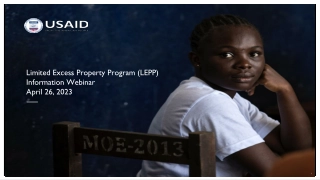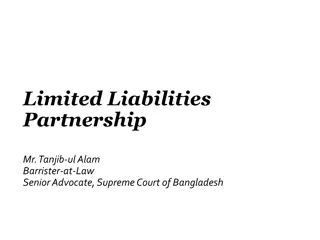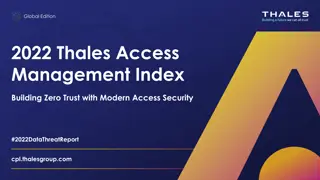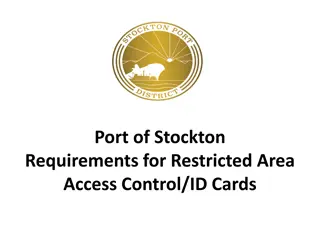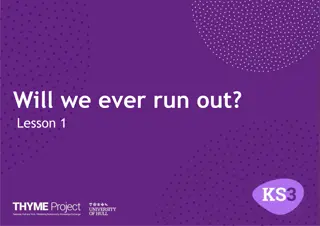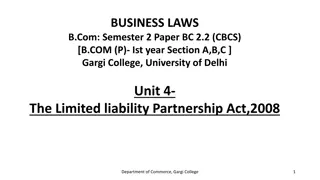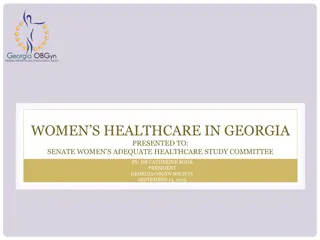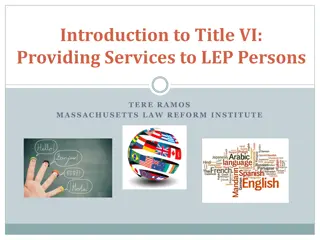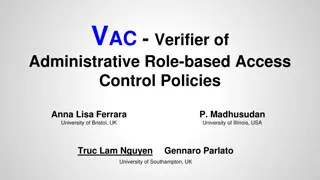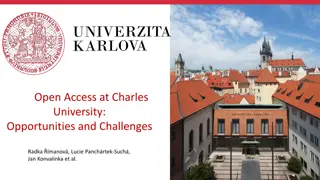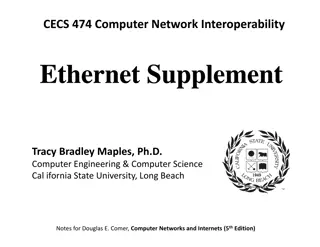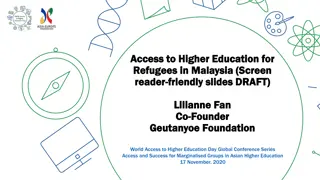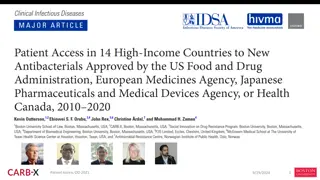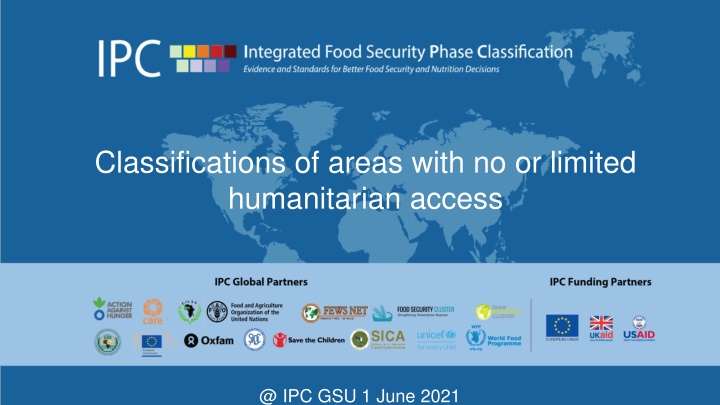
Classifications of Areas with Limited Humanitarian Access at IPC GSU
"Learn about the classifications of areas with limited or no humanitarian access according to the IPC GSU, including special protocols, verification processes, and specific evidence requirements. Understand how famine is classified in areas with restricted access due to conflict or natural disasters."
Download Presentation

Please find below an Image/Link to download the presentation.
The content on the website is provided AS IS for your information and personal use only. It may not be sold, licensed, or shared on other websites without obtaining consent from the author. If you encounter any issues during the download, it is possible that the publisher has removed the file from their server.
You are allowed to download the files provided on this website for personal or commercial use, subject to the condition that they are used lawfully. All files are the property of their respective owners.
The content on the website is provided AS IS for your information and personal use only. It may not be sold, licensed, or shared on other websites without obtaining consent from the author.
E N D
Presentation Transcript
Classifications of areas with no or limited humanitarian access @ IPC GSU 1 June 2021
DEFINITION & VERIFICATION Limited Humanitarian or no Access refers to those areas to which access to collect evidence is either nonexistent or very restricted, usually due to conflict or a major natural disaster. The Special Protocols for classifications of areas with limited or no humanitarian access allow IPC classification even where IPC standard data requirements cannot be met, provided that the additional protocols are followed.
SPECIAL PROTOCOLS FOR CLASSIFICATIONS OF AREAS WITH LIMITED OR NO HUMANITARIAN ACCESS (FUNCTION 1 & 2) Build Technical Consensus - Analysts with advanced knowledge on area and crisis context - Analysts that have been to the areas being analysed recently Presence of additional experts - No detailed population tables are to be produced. If evidence allows, general working numbers can be provided - Short time validity of analysis Classify Severity & identify causes Additional analysis parameters - R0 evidence for at least two out of the three outcomes (3 out of 3 for Famine classification) - Rapid and non representative assessments carried out in small areas - Sample design and selection can be ad hoc opportunistic - Optimally include exhaustive or random selection. - Results applicable only for specific areas or similar areas - Results from several of these small geographical units may be used to express the situation in a larger geographical area if at least three sites are surveyed - Combination of sources of evidence, e.g. central point, households, new arrivals, and key informants - Evidence collected within previous 3-5 months not necessarily from same season Specific evidence requirements
SPECIAL PROTOCOLS FOR CLASSIFICATIONS OF AREAS WITH LIMITED NO OR HUMANITARIAN ACCESS (FUNCTION 3 & 4) - Areas mapped with an additional symbol: Special mapping protocol Reduced evidence due to limited or no humanitarian access Communicate for action - Key messaging: - Area was classified with reduced evidence due to limited or no humanitarian access Key messaging - Optimally GSU to support analysis conduced in areas with limited humanitarian access - An External Quality Review needs to be conducted when the analysis team did not receive support from the Global Support Unit - Before release of product - Review of documented analysis to assess adherence to protocols GSU support Quality Assurance External Quality Review
CLASSIFICATIONS OF FAMINE IN AREAS WITH LIMITED OR NO HUMANITARIAN ACCESS Famine can be classified in areas with limited or no humanitarian access provided there is R0 evidence on the three outcomes is available All special protocols for Famine need to be adhered to, except the minimum evidence requirement Additional protocols for area with limited humanitarian access need to be respected, including adding mapping symbol Famine can be classified in areas with limited humanitarian access when there is R0 evidence evidence on verifiable indicators for: (i) food starvation, (ii) acute malnutrition and (iii) mortality all above the stipulated thresholds Famine-Likely cannot be classified for areas with limited humanitarian access. Famine cannot be classified if either nutrition or mortality R0 evidence is not available.

